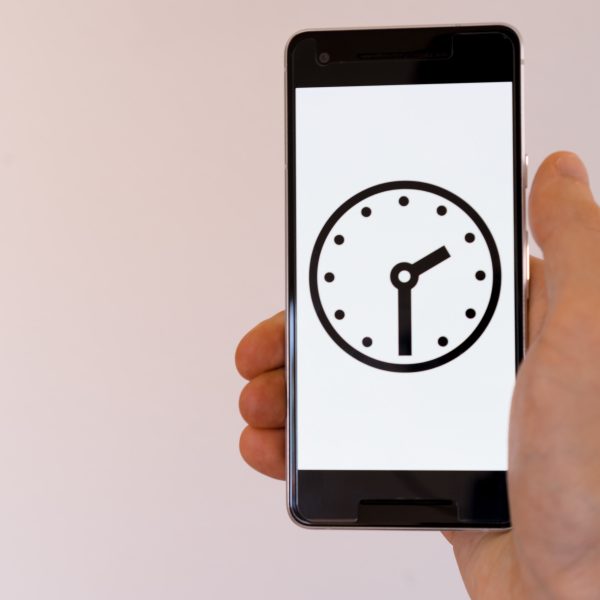Supporting healthy habits: Australia’s screen time and activity guidelines for children aged birth to five

As digital devices become more embedded in daily life, families and early childhood services face increasing challenges in managing screen time for young children. To support healthy development, the Australian Government provides clear guidelines on physical activity, sedentary behaviour, and screen use for infants, toddlers and preschoolers.
The Department of Health and Aged Care, have recommendations that offer evidence-based advice to help parents, carers and educators make informed decisions about screen exposure and physical activity during the early years.
The early years are a critical time for cognitive, social, emotional and physical development. Habits formed in early childhood can set the foundation for lifelong health and wellbeing. Excessive screen time has been linked to sleep disruption, reduced attention spans and lower levels of physical activity in young children. At the same time, encouraging active play and social interaction helps to build essential skills for learning and development.
The Australian guidelines provide specific advice for three age groups:
For infants (birth to 12 months):
- Screen time is not recommended.
- Infants should have plenty of supervised floor-based play in safe environments, including at least 30 minutes of tummy time spread throughout the day.
For toddlers (1 to 2 years):
- No sedentary screen time (e.g., watching TV or using tablets or smartphones).
- Toddlers should be physically active for at least 180 minutes throughout the day, including energetic play.
For preschoolers (3 to 5 years):
- Sedentary screen time should be limited to less than one hour per day—less is better.
- At least three hours of physical activity per day is recommended, including one hour of energetic play.
Children learn by watching the adults around them. Families and early learning professionals play a key role in modelling healthy behaviours and providing active, engaging alternatives to screen time. Co-viewing age-appropriate educational content, setting screen-free routines, and offering rich play opportunities can support children to develop healthy digital habits.
For early childhood education and care services, these guidelines align with the National Quality Standard (Quality Area 2: Children’s health and safety) and support best practice in creating environments that foster wellbeing, inclusion and developmentally appropriate learning.
The goal is not to eliminate screen use entirely, but to ensure it is age-appropriate, limited, and balanced with physical movement, social interaction and rest. With clear, consistent guidance and support, families and educators can help children develop healthy habits that will benefit them throughout life.
Access the full Australian guidelines on physical activity and screen time for children aged birth to five at: Department of Health and Aged Care website.
Popular

Quality
Practice
Research
Professional bravery in ECEC: How reading the nervous system prevents behaviour escalation
2025-12-02 07:30:47
by Fiona Alston

Policy
Quality
Practice
Provider
Research
Workforce
ECEC services to close early for mandatory child safety training under national reforms
2025-12-01 07:10:09
by Fiona Alston

Quality
Policy
Practice
Provider
Workforce
Growth restrictions and enhanced oversight imposed on Affinity Education Group in NSW
2025-12-01 07:30:29
by Fiona Alston
















